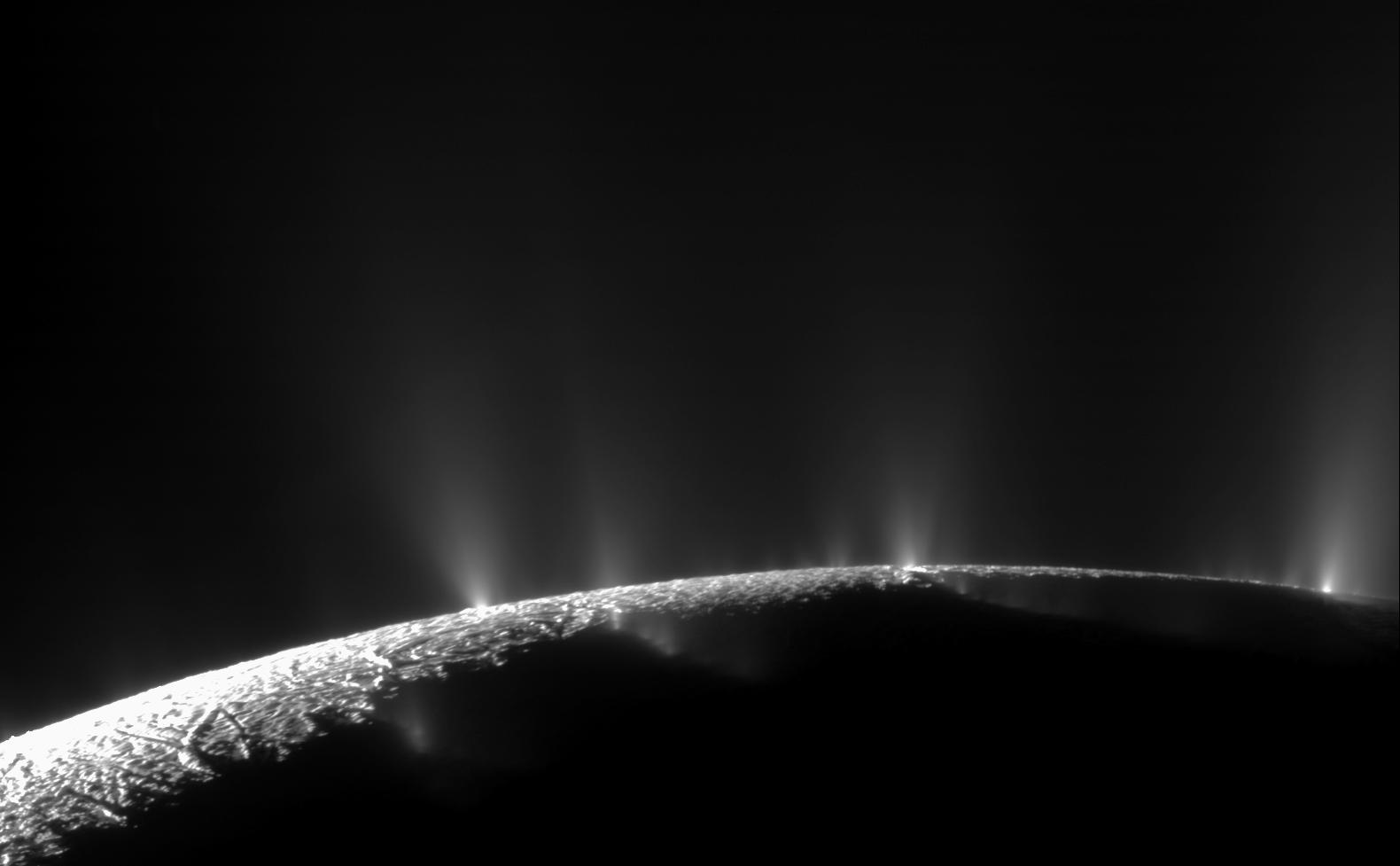1 min read

The composite infrared spectrometer (CIRS) got prime time during the Titan ‘T-79’ flyby on Dec. 13, 2011, a day after the Cassini spacecraft visited Dione.
CIRS performed a wide variety of observations, including mapping of surface and atmospheric temperatures. It also took “limb sounding” measurements where it inspected a cross section of the atmosphere, which could provide insights into the transition of the northern polar circulation from spring to summer. There was also an opportunity to track newly formed possible mist.
The visible and infrared mapping spectrometer (VIMS) instrument got a turn too, and it observed the area near Belet, the same region where the imaging science subsystem (ISS) saw extensive surface changes in Fall 2010.
ISS got in the game as well, and imaged Titan’s surface and atmosphere, while the ultraviolet imaging spectrograph (UVIS) obtained an ‘image cube’ of Titan’s atmosphere. These cubes provide spectral and spatial information on nitrogen emissions, hydrogen emission and absorption, absorption by simple hydrocarbons, and the scattering properties of haze aerosols.
Date
Dec. 13, 2011
Altitude
2,228 miles (3,586 km)
Speed
13,000 mph (5.8 km/sec)







